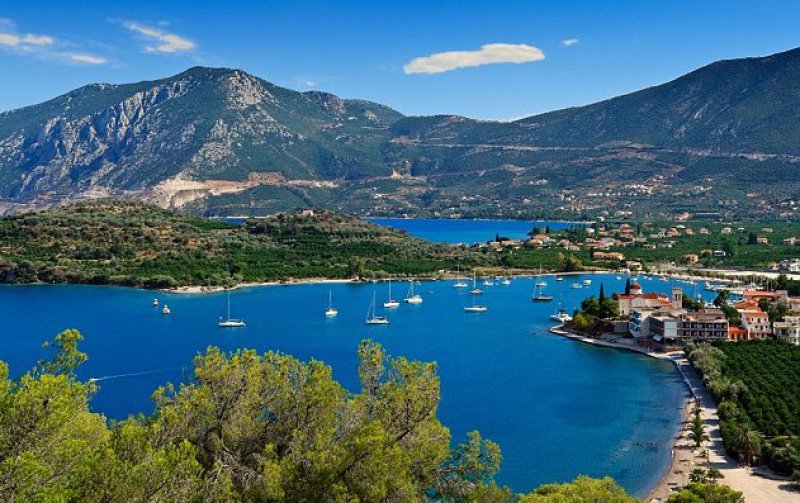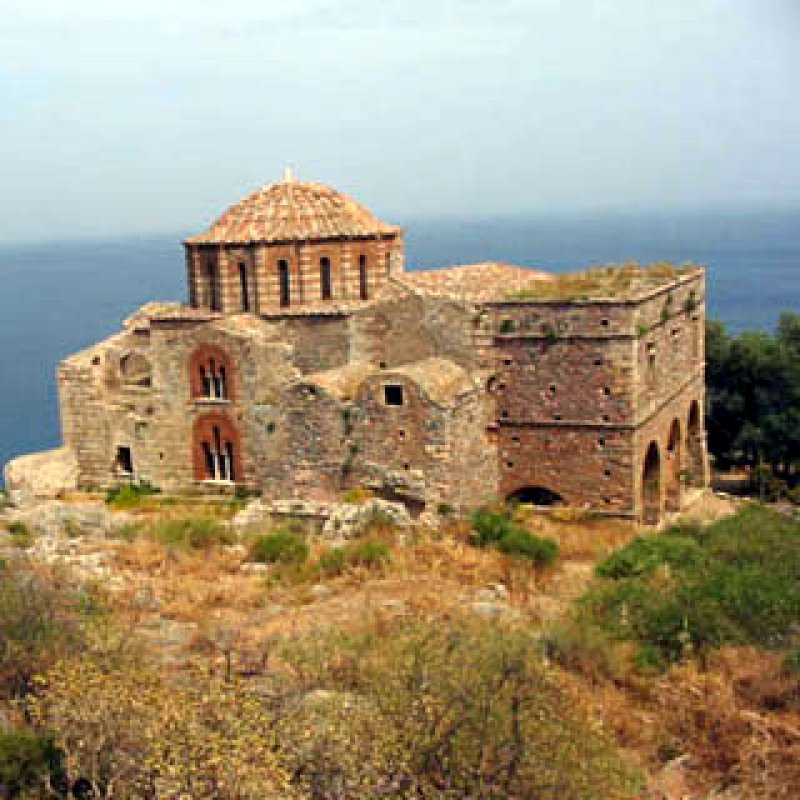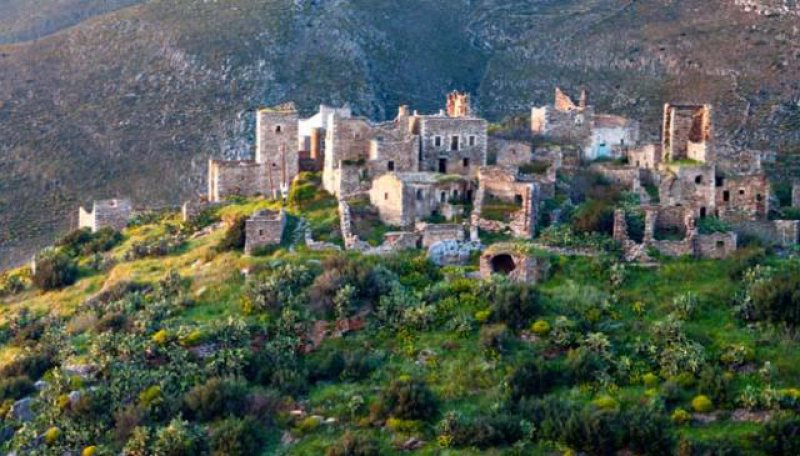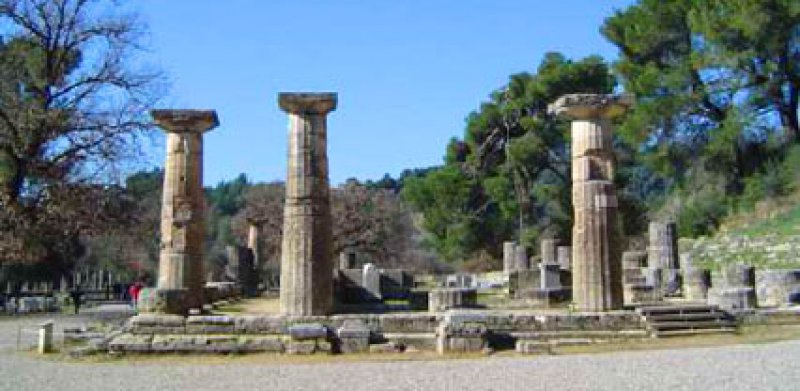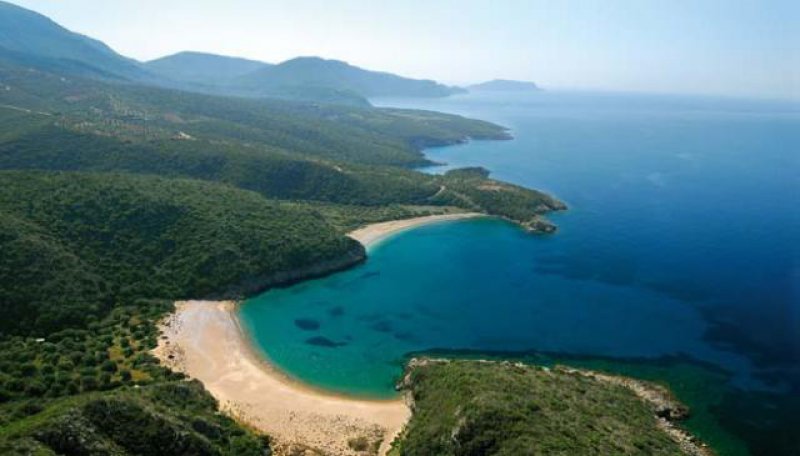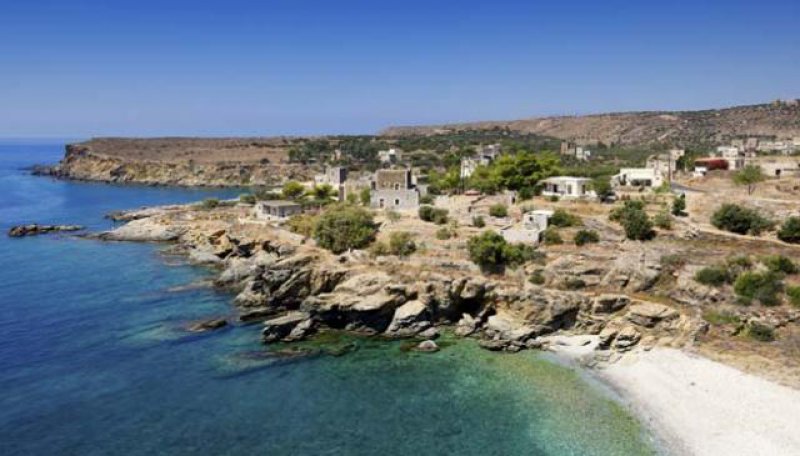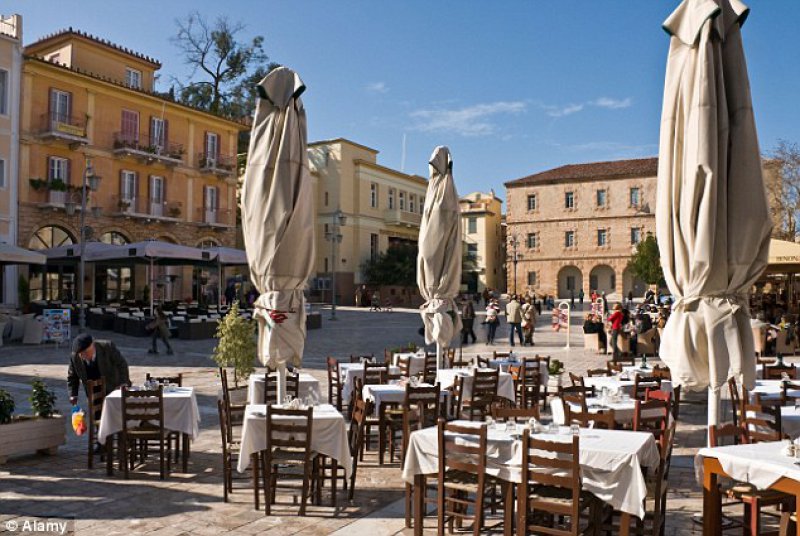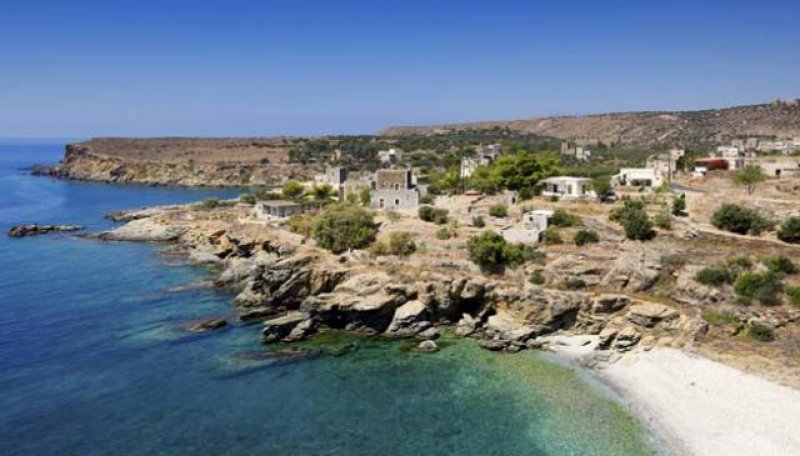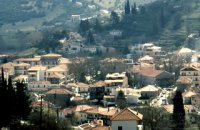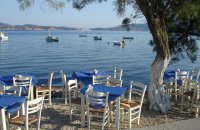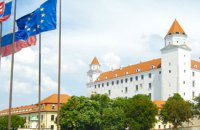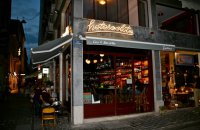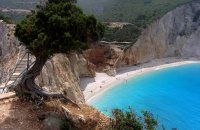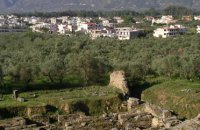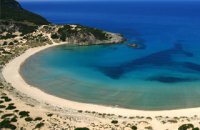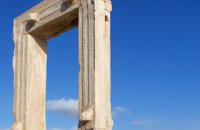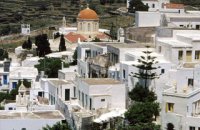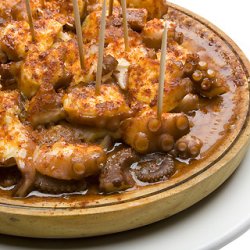The Peloponnese is a region of outstanding and diverse beauty. Here, the traveller encounters impressive mountain peaks, orchards, olive groves, and towering rocks above the sandy beaches of the Ionian Sea and the blue waters of the Aegean. The fragrance of citrus blossoms fill the air, while the wild poppies set the fields ablaze.
The region is named after Pelops, the former king of Lydia, who arrived in the land with his swift steeds to win the hand of the lovely princess Hippodamia. Men and women have lived and worked out their destinies in this sun-baked land for over three millennia. Appealing to a broad spectrum of differing tastes, the region is a wonderful area of Greece to explore.
If you are interested in treading the real landscape of Greek mythology, the Peloponnese is home to a great many of its fabled places.
It takes some getting used to seeing so many road signs to places of legend, such as Mycenae,Tiryns and Nestor’s Palace; homes to Homer’s heroes and villains in the Iliad, and places of real
historical as well as mythological interest. If you want to find the entrance to the Underworld, try exploring along the River Styx in northeastern Arkadia, known to modern Greeks as the River Mavroneri. Or perhaps you’d prefer to gaze upon the egg from which Aphrodite hatched, just off a magnificent spot on the remote island of Kythira.
Even the territory itself is named after a mythical figure – Pelops – who, according to legend, became king of Elia after sneakily defeating the previous king Oimanaos in a chariot race (by
nobbling his chariot wheels) and to whom subsequent rulers from the area were desperate to prove a blood line.Gods and demigods sported here, too, including Pan, who sexually harassed nymphs in bucolic Arkadia, and Hercules, who worked as a kind of supernatural pest controller, ridding the country around Argos of the many-headed Hydra and strangling the fearsome Nemean Lion at Nemea. According to the ancient Greek writer Plutarch, even Zeus himself celebrated here, after beating his father Cronos at wrestling, by holding the first ever Olympics at Ancient Olympia.
The Nemea region, in the rolling hills southwest of Corinth, is one of Greece’s premier wineproducing areas, famous for its full-bodied reds, produced from the local agioritiko grape. Look out also for wine made from Moschofilero, a local variety of white grape. Nemea has been known for its fine wines since Mycenaean times, when nearby Phlius supplied the wine for the royal court at Mycenae. Until recent times production took place behind closed doors, but growers are waking up to the tourist potential of winery tours and tastings and are marketing their wine region. About half a dozen wineries provide tastings for visitors.
The picturesque rural prefecture of Arkadia occupies much of the central Peloponnese. Its name evokes images of grassy meadows, forested mountains, gurgling streams and shady grottoes. It was a favourite haunt of Pan, who played his pipes, guarded herds and frolicked with nymphs in this sunny, bucolic idyll. Almost encircled by mountain ranges, Arkadia was remote enough in ancient times to remain largely untouched by the battles and intrigues of the rest of Greece, and was the only region of the Peloponnese not conquered by the Dorians. The region – dotted with crumbling medieval villages, remote monasteries and Frankish castles – is popular among outdoor-loving Greeks and, increasingly, like-minded tourists. It also has 100km or so of rugged and unspoilt coastline on the Argolic Gulf, running south from the pretty town of Kiveri to Leonidio.
The secret is out about Nafplio, one of Greece’s prettiest and most romantic towns. It occupies a knockout location – on a small port beneath the towering bulk of the Palamidi fortress – and is graced with attractive narrow streets, elegant Venetian houses, neoclassical mansions with flower-bedecked balconies, and interesting museums. Overseas visitors have caught on to why weekending Athenians love this lively, upwardly mobile place that is jammed with quayside cafés, posh boutiques and many comfortable hotels and guesthouses.
The Mani, the region covering the central peninsula in the south of the Peloponnese, is a wild, rugged place. Greeks from elsewhere will tell you, so are its people. Such was theformidable reputation of the inhabitants of the remote inner Mani that many would-be occupiers opted in the end to leave them alone.
For centuries the Maniots were a law unto themselves, renowned for their fierce independence, resentment of attempts to govern them and for their bitter, spectacularly murderous internal feuds. Dotted around the territory – particularly in the inner Mani – you’ll find bizarre tower settlements that were built as refuges during clan wars from the 17th century onwards.
Thankfully these feuds, some of which took entire armies to halt, are long forgottenand the Maniots are as friendly and hospitable as Greeks elsewhere. The architecture lives on, however, and buildings continue to adhere to a stone, albeit more user-friendly, Maniot style.
Pylos, on the coast 51km southwest of Kalamata, presides over the southern end of an immense bay. With its huge natural harbour almost enclosed by the Sfaktiria Islet, a delightful tree-shaded central square, two castles and surrounding pine-covered hills, Pylos is one of the most picturesque towns in the Peloponnese. From the bay on 20 October 1827, the British, French and Russian fleets, under the command of Admiral Codrington, fired at point-blank range on Ibrahim Pasha’s combined Turkish, Egyptian and Tunisian fleet, sinking 53 ships and killing 6000 men, with negligible losses on the Allies’ side.
The attack was known as the Battle of Navarino (which is the town’s former name) and was decisive in the War of Independence, but it was not meant to have been a battle at all. The Allied fleet wanted to
achieve no more than to persuade Ibrahim Pasha and his fleet to leave, but things got somewhat out of hand. George IV, on hearing the news, described it as a ‘deplorable misunderstanding’.














































